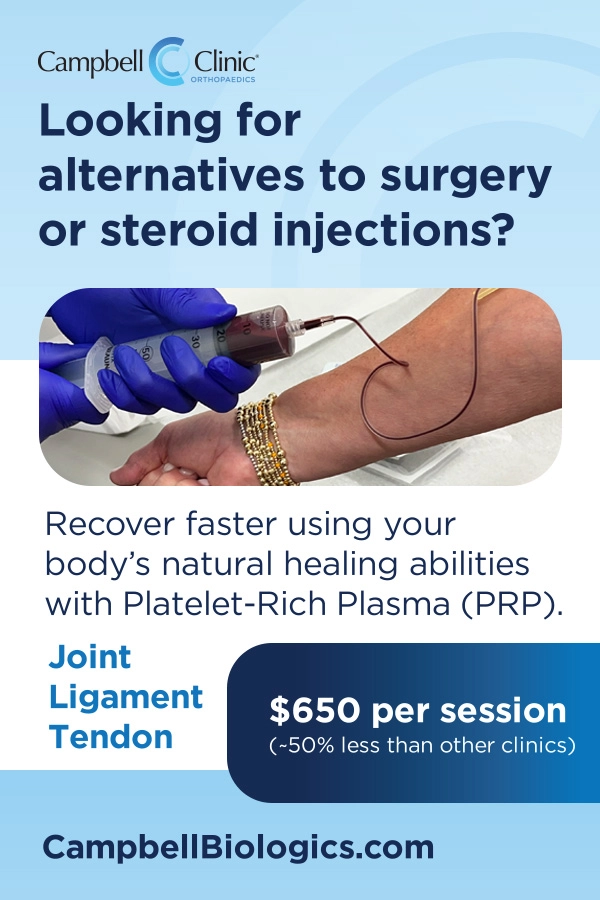Dr. Robert Wallace is regarded as one of the best plastic surgeons in the United States. He has operated his private practice, Wallace Plastic Surgery Group, in Memphis since 2022. Before this, he was Professor and Chair of the Plastic Surgery Department at UTHSC since 1996. Breast procedures are among the most common plastic surgery procedures completed in the United States, but myths, misconceptions, and false information can make it hard to know where to begin. Dr. Wallace spoke with us to review common questions he receives about breast augmentations, lifts, and reductions:
How does someone know which procedure is right for them?
“Every patient has different anatomy and expectations. Breast augmentations enlarge the breasts, breast reductions decrease the size of breasts, and breast lifts(mastopexy) remove excess skin to lift breasts. In some patients, a combination of procedures is needed for the best outcome. One common combination is a breast lift with a small implant to help restore the volume of the upper breasts. A consultation with a board-certified plastic surgeon can help you determine which procedure or combination of procedures will give you your desired outcome.”
From start to finish, what can someone expect from a breast procedure?
“Everything starts with a consultation where the appropriate procedure is determined and scheduled. In the weeks before surgery, patients will have a pre-operative appointment where the procedures, risks, and post-surgery care are reviewed. This is also when the patient and I agree on the size of their implant for augmentation. One tip is to bring photos of breasts that are similar to the desired outcome as a reference. The next meeting will be on surgery day. Surgeries are generally performed under general anesthesia for patient comfort. For implants, a small incision is made, typically underneath the breast, and implants are inserted underneath the pectoral muscle. A regular augmentation usually only takes about an hour, with some additional time required for lifts and revisions. After the procedure is recovery, and I generally find that most patients will need pain medication for a day or two but are fully mobile and pain-free within a few days. After about a week, patients can resume normal activities, including exercise except chest-specific exercises.”
Are there any common misconceptions about breast procedures?
“Many patients think that it is not possible to breastfeed after receiving implants. However, in my practice, I have found that breastfeeding complications are a rare occurrence. Another misconception is that implants must be replaced every 10 years. This simply isn’t the case. Regular breast exams are required, but if the patient isn’t having problems and the implants are stable, then I do not recommend electively replacing them unless the patient desires a change in their appearance. Another fear many patients have is that their implants may rupture, which is more common with saline implants and older silicone implants. My patients can choose either silicone or saline, but I generally recommend silicone implants. Silicone implants have a more natural look, and the risk of rupture with newer silicone implants is low. “
Are you interested in learning more about breast augmentation, lift, reduction, or revision? Visit Wallaceplasticsurgerygroup.com to learn more about their services, or contact their team at 901.779.6538.
By Zoe Harrison










